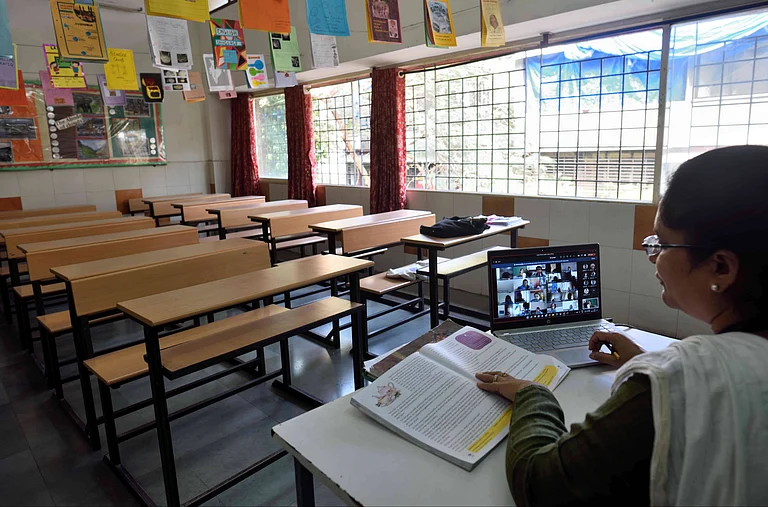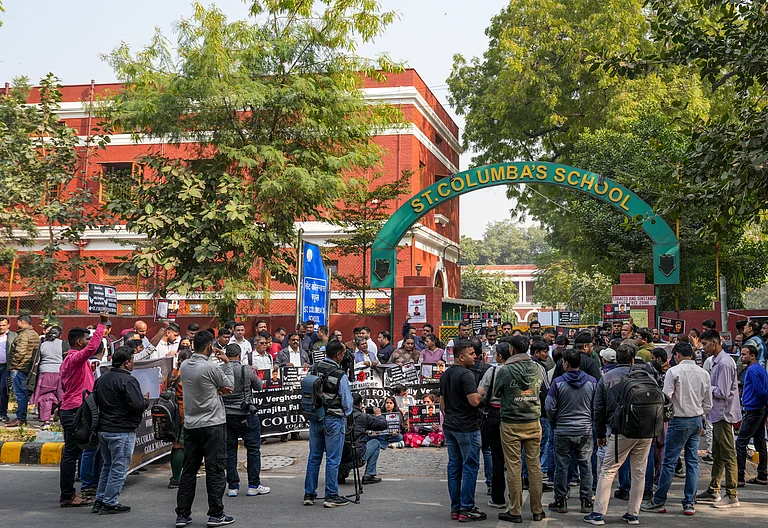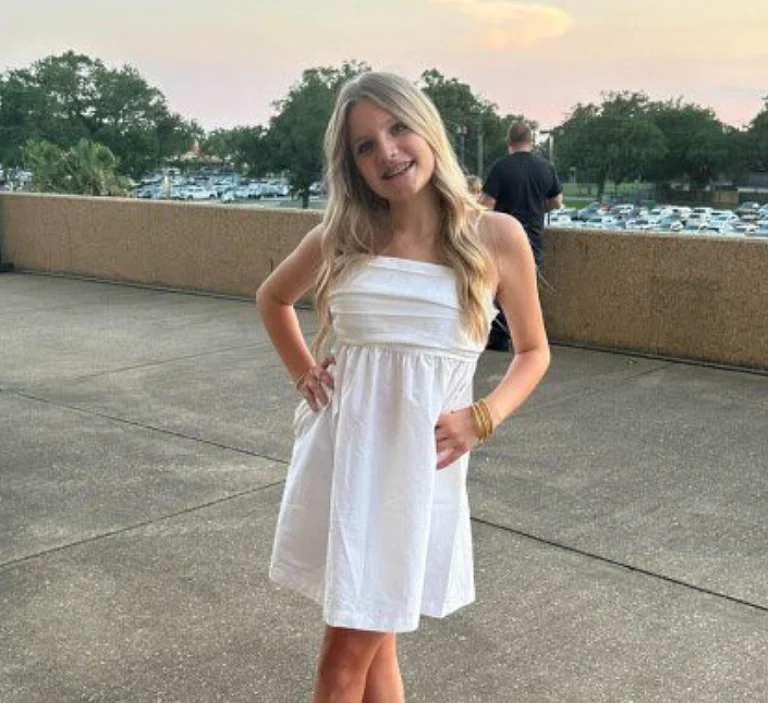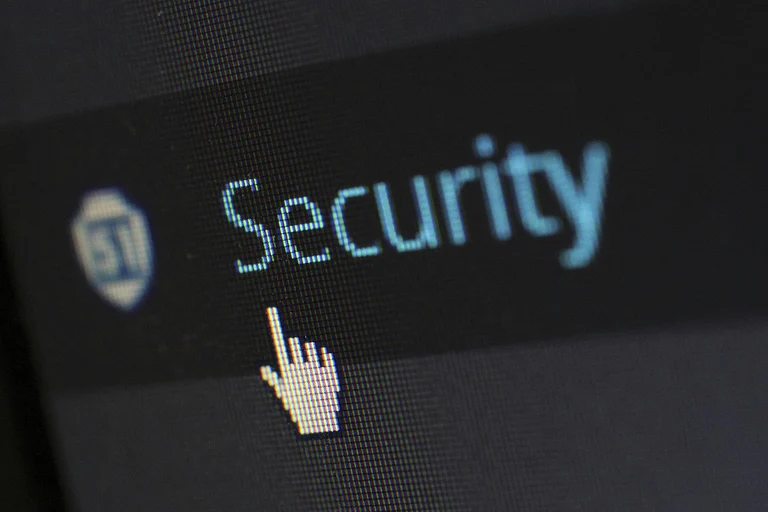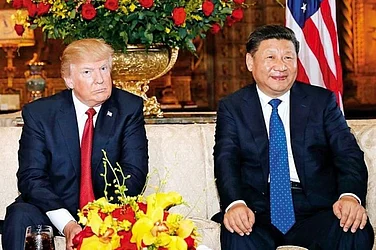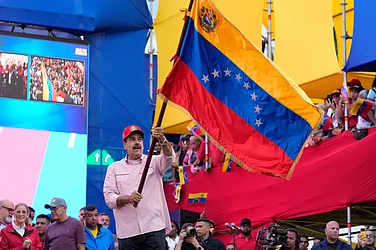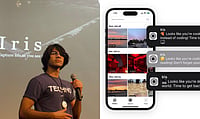In February, Patrice Motz, a seasoned Spanish teacher at Great Valley Middle School in Malvern, Pennsylvania, was alerted by a colleague about potential trouble brewing. Several eighth graders at her public school had created fake TikTok accounts impersonating teachers, as per reports from the New York Times.
After creating an account on the said platform, she discovered a fake profile for @patrice.motz, which featured a genuine photo of her at the beach with her husband and young children. A text in Spanish over the family vacation photo read, “Do you like to touch kids?” with the answer “Sí.”
In the following days, around 20 educators — roughly one-quarter of the school's faculty — found out they were victims of fake teacher accounts filled with pedophilia innuendos, racist memes, homophobia, and fabricated sexual relationships among teachers. Hundreds of students quickly viewed, followed, or commented on the fraudulent accounts.
In response, the school district temporarily suspended several students, according to teachers. During one lunch period, the principal reprimanded the eighth-grade class for their behavior.
The online harassment has left some teachers worried that social media platforms are hindering the development of empathy in students. Now, some teachers are reluctant to call out misbehaving students in class, and others find it challenging to continue teaching, according to the New York Times.
“It was so deflating,” said Ms. Motz, who has been teaching at the school in a wealthy Philadelphia suburb for 14 years. “I can’t believe I still get up and do this every day.”
First Group TikTok Attack On Teachers Highlights Social Media Misuse
The Great Valley incident marks the first known group TikTok attack by middle schoolers on their teachers in the United States. This represents a significant escalation in how middle and high school students impersonate, troll, and harass educators on social media. Before this year, students typically impersonated one teacher or principal at a time.
This attack by the middle schoolers highlights broader concerns in schools about how students' use, and misuse, of popular online tools is impacting the classroom. In response, some states and districts have recently restricted or banned student cellphone use in schools to curb peer harassment and cyberbullying on platforms like Instagram, Snap, TikTok, and others.
Social media has now normalized anonymous aggressive posts and memes, leading some children to weaponize them against adults.
“We didn’t have to deal with teacher-targeting at this scale before,” said Becky Pringle, president of the National Education Association, the largest U.S. teachers’ union. “It’s not only demoralizing. It could push educators to question, ‘Why would I continue in this profession if students are doing this?’”
Disciplinary Actions And Their Legal Limitations
In a statement, the Great Valley School District addressed the issue of "22 fictitious TikTok accounts" impersonating middle school teachers, calling the incident "a gross misuse of social media that profoundly impacted our staff."
A TikTok spokeswoman noted that the platform’s guidelines prohibit misleading behavior, including accounts posing as real people without clearly indicating they are parodies or fan accounts. TikTok stated that a U.S.-based security team verifies ID information, such as driver’s licenses, in impersonation cases before deleting the data.
Great Valley Middle School, known for its close-knit community, caters to about 1,100 students in a modern brick complex surrounded by bright green sports fields.
While some of the fake teacher posts seemed humorous and harmless, such as “Memorize your states, students!”, others were sexualized. One fake account posted a collage with the heads of two male teachers pasted onto a partially naked man and woman in bed. Fake accounts also followed and flirted with other fake teacher accounts.
A few days after learning of the videos, Edward Souders, the principal of Great Valley Middle School, emailed eighth-grade parents, describing the impostor accounts as portraying “our teachers in a disrespectful manner.” In early March, the school held an assembly for eighth graders on responsible technology use.
However, the school district stated that it had limited options to respond. Courts generally protect students’ rights to off-campus free speech, including parodying or disparaging educators online, unless the posts threaten others or disrupt school.
“While we wish we could do more to hold students accountable, we are legally limited in what action we can take when students communicate off campus during nonschool hours on personal devices,” said Daniel Goffredo, the district’s superintendent, in a statement.
The district also mentioned that it couldn’t comment on any disciplinary actions to protect student privacy.








